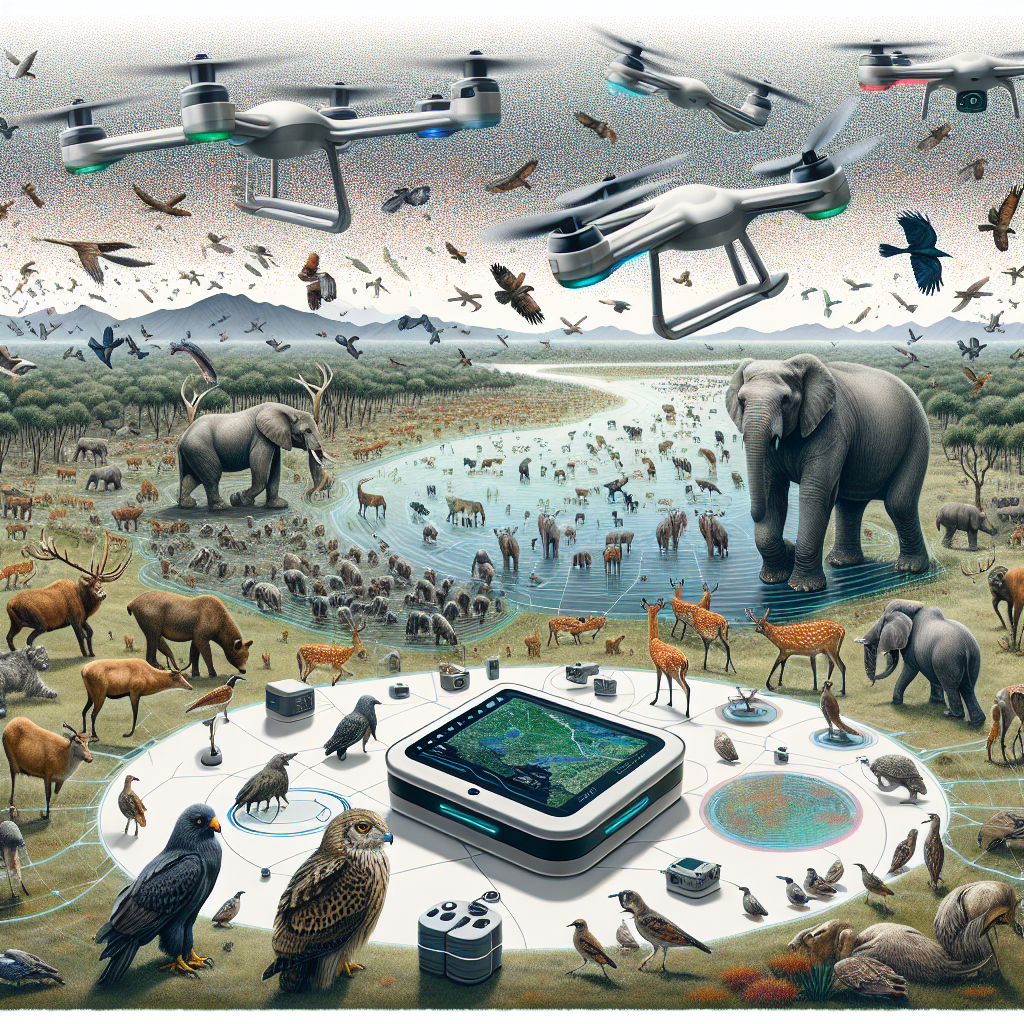Artificial intelligence (AI) automation is revolutionizing various industries, and wildlife conservation is no exception. With the increasing threat of climate change, habitat destruction, poaching, and other human activities, conservation efforts are more crucial than ever. AI automation offers a range of tools and technologies that can help conservationists to better protect wildlife and preserve their habitats. In this article, we will explore the use of AI automation in wildlife conservation and its potential benefits.
One of the key areas where AI automation is making a significant impact in wildlife conservation is in monitoring and tracking of wildlife populations. Traditionally, conservationists relied on manual methods such as camera traps, radio collars, and field surveys to track animal populations. However, these methods are often time-consuming, labor-intensive, and expensive. AI automation offers a more efficient and cost-effective alternative.
AI-powered cameras and drones can be used to monitor wildlife populations in real-time, providing valuable data on population sizes, movements, and behaviors. These technologies can cover large areas of land quickly and accurately, allowing conservationists to gather more data than ever before. AI algorithms can analyze this data to identify individual animals, track their movements, and even predict their behavior based on patterns and trends.
In addition to monitoring wildlife populations, AI automation can also be used to combat illegal activities such as poaching and illegal logging. AI algorithms can analyze satellite imagery to identify areas of deforestation or detect the presence of poachers in protected areas. This information can be used to alert authorities and conservationists, enabling them to take action before irreversible damage is done.
Furthermore, AI automation can help conservationists to better understand and protect endangered species. By analyzing large datasets of genetic information, habitat preferences, and environmental factors, AI algorithms can identify key threats to species survival and recommend strategies for conservation. This can help conservationists to prioritize their efforts and allocate resources more effectively.
Another area where AI automation is proving to be invaluable in wildlife conservation is in predicting and mitigating the impacts of climate change. By analyzing historical data on weather patterns, habitat loss, and species distributions, AI algorithms can predict how different species will be affected by climate change and recommend adaptation strategies. This information can help conservationists to better protect vulnerable species and ecosystems in the face of changing environmental conditions.
Overall, the use of AI automation in wildlife conservation offers a range of benefits, including increased efficiency, cost-effectiveness, and accuracy. By harnessing the power of AI technologies, conservationists can gather more data, make better-informed decisions, and take more targeted actions to protect wildlife and preserve their habitats.
FAQs:
Q: How does AI automation help in monitoring wildlife populations?
A: AI-powered cameras and drones can be used to monitor wildlife populations in real-time, providing valuable data on population sizes, movements, and behaviors. AI algorithms can analyze this data to identify individual animals, track their movements, and even predict their behavior based on patterns and trends.
Q: How can AI automation help combat illegal activities such as poaching?
A: AI algorithms can analyze satellite imagery to identify areas of deforestation or detect the presence of poachers in protected areas. This information can be used to alert authorities and conservationists, enabling them to take action before irreversible damage is done.
Q: How does AI automation help in protecting endangered species?
A: By analyzing large datasets of genetic information, habitat preferences, and environmental factors, AI algorithms can identify key threats to species survival and recommend strategies for conservation. This can help conservationists to prioritize their efforts and allocate resources more effectively.
Q: How can AI automation help in predicting and mitigating the impacts of climate change?
A: By analyzing historical data on weather patterns, habitat loss, and species distributions, AI algorithms can predict how different species will be affected by climate change and recommend adaptation strategies. This information can help conservationists to better protect vulnerable species and ecosystems in the face of changing environmental conditions.

